Best Management Practices and Maintenance
Best Management Practices (BMPs) play an important role in protecting water quality. As rainwater flows over urban areas, it picks up pollutants, including chemicals, debris, and sediments. Without proper management, these contaminants can end up in our lakes, rivers, and groundwater. Implementing effective BMPs helps prevent and mitigate negative effects to our waters.
BMP’s like rain gardens, basins, vegetated swales, permeable pavements, and stormwater ponds are used to capture, treat, and store stormwater.
Photo credit: Minnesota Pollution Control Agency
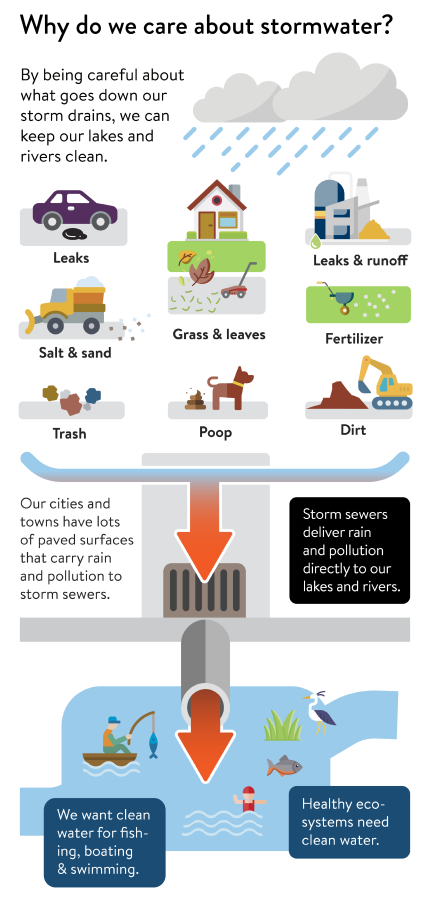
Common Best Management Practices (BMPs)
Infiltration Basin
Infiltration BMPs reduce flooding and remove pollutants by letting water soak through the soil into the ground. Infiltration practices involve redirecting stormwater into a basin where it is stored for a short amount of time and until it can be absorbed through the soil. Infiltration basins are shallow depressions designed to capture, store, and treat stormwater runoff. Stormwater is treated when it is filtered through the soil.
Infiltration BMPs also help reduce flooding by capturing and storing runoff during rain or snowmelt events. An infiltration BMP that is working properly should drain completely within 48 hours after a storm event.
Filtration Basin
Filtration BMPs remove pollutants and reduce flooding from stormwater runoff by directing it through a filter. Once filtered, clean stormwater is drained to a nearby storm sewer. A filtration BMP that is working properly should drain completely within 48 hours after a storm event. Filtration BMPs are often used in conditions where infiltration isn’t appropriate or possible. Examples include areas with compacted soils, contaminated soils, or potential for groundwater contamination.
More information on these practices click here: Minnesota Pollution Control Agency Filtration BMPs
Underground
Underground filtration and infiltration BMPs are used to save space in urban areas and redevelopment projects. These engineered systems store stormwater beneath parking lots, roads, or landscaped areas before it filters into the ground. Underground infiltration systems are generally more expensive to install and require complex maintenance. These projects are generally installed in association with larger or multi-home construction where space is an issue and not for individual residential BMPs. These systems are designed by engineers and installed by professional contractors. Property owners with underground systems should consider contracting with a professional maintenance company. Poor maintenance can result in the failure of these systems.
Rain gardens
Some of the most popular and recognized BMPs are rain gardens. Rain gardens can be built as either infiltration or filtration rain gardens. Soil types, compaction, and other location factors determine which type of rain garden should be installed. Infiltration rain gardens are a basin where deep-rooted, native vegetation is planted and used to increase treatment of stormwater.
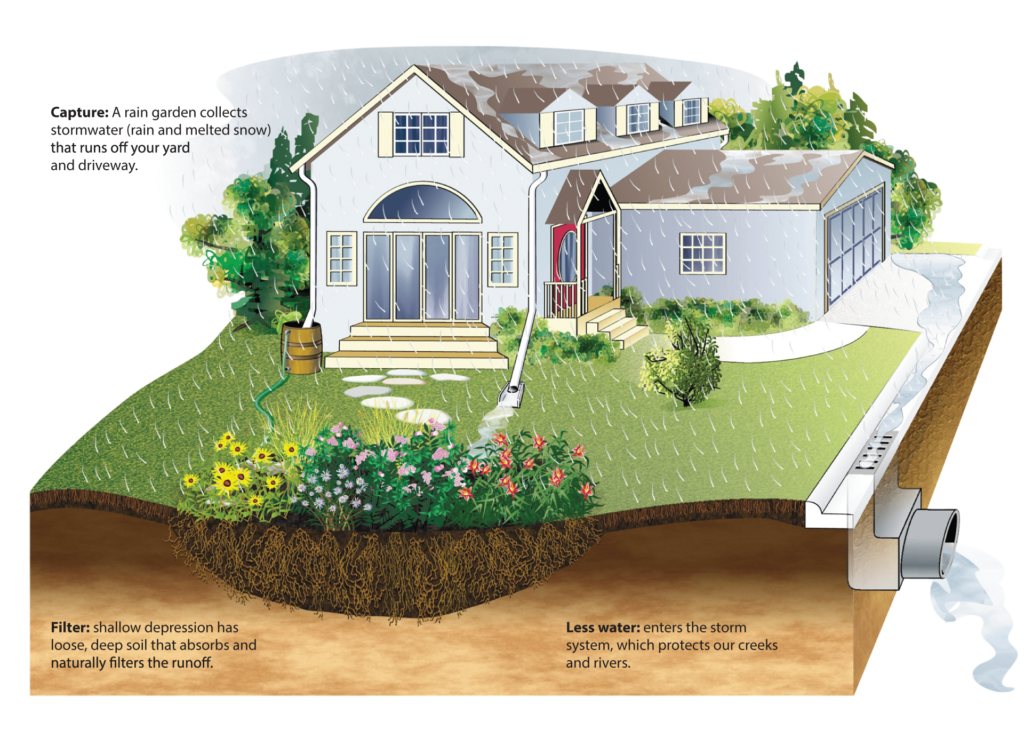
More information on installation and maintenance of rain gardens click here:
University of Minnesota Building a Rain Garden
Blue Thumb: Planting for Clean Water
Stormwater Ponds
Stormwater ponds reduce flooding and keep pollution out of our lakes and streams by capturing and storing runoff. They are some of the most common and cost-effective stormwater BMPs in Minnesota, especially in suburban and rural areas. Because of their size, stormwater ponds are often designed to capture and treat runoff from large areas, such as commercial properties, suburban developments, and stretches of highway. Stormwater ponds store runoff during storms and slowly releasing this water into the storm sewer system.
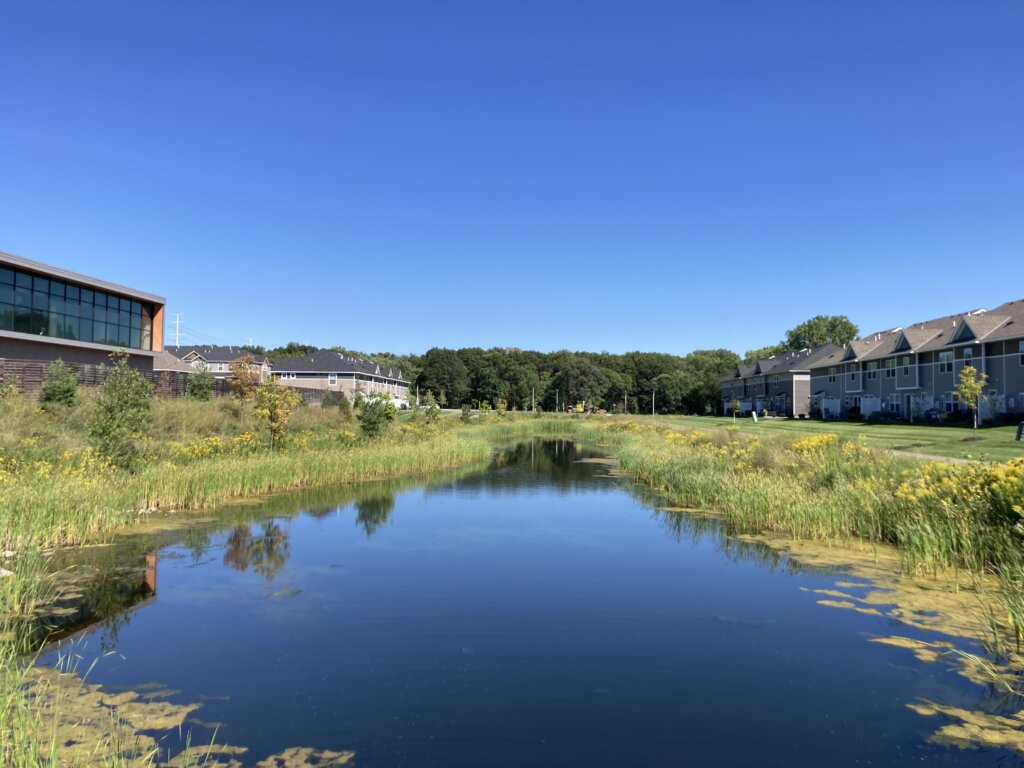
Native Vegetation Buffer and/or a Natural Shoreline
Areas between land and water planted with native plants act as a “buffer”, filtering polluted runoff and trapping excess nutrients before they enter the lake. Their roots hold the soil in place and prevent erosion and property loss. In addition to these water quality benefits, native plant buffers provide critical habitat for pollinators and other native wildlife, deter nuisance wildlife such as geese, and create an attractive privacy screen while leaving plenty of room for water access from a dock or beach. There’s different types of buffers including agricultural buffers, pond buffers, and shoreline buffers.
Permeable Pavements
These pavements are designed to allow water to infiltrate through the surface and into the underlying layers, where it is stored or drained away. This helps to recharge groundwater, reduce the burden on stormwater infrastructure, and filter pollutants.
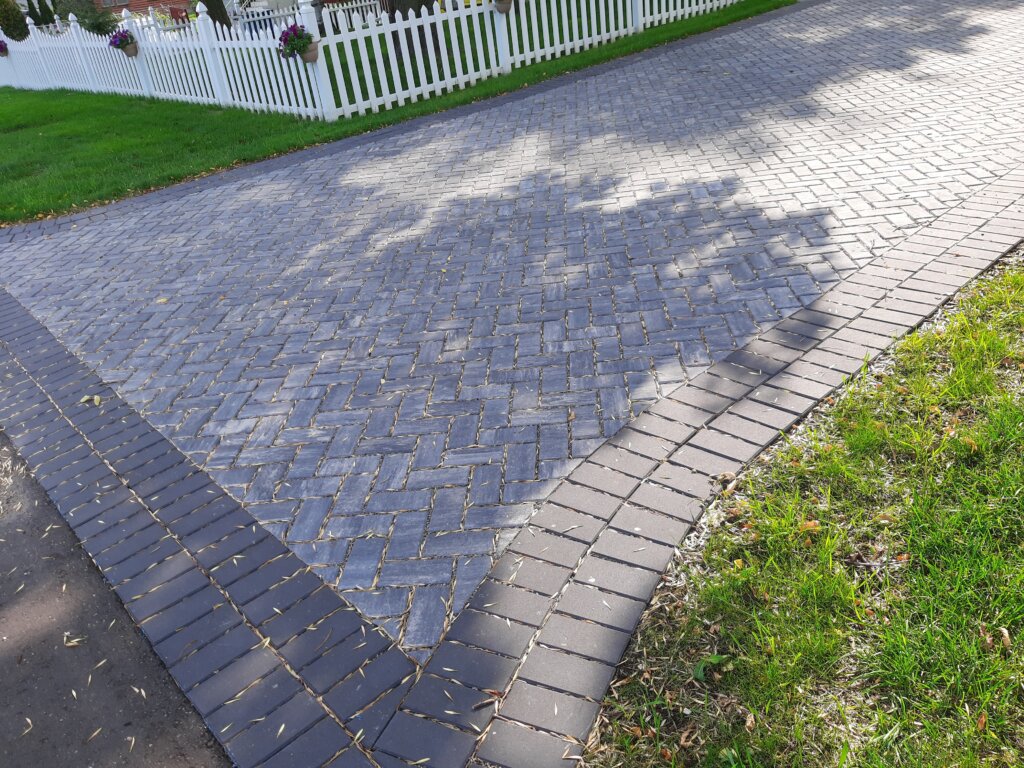
More information on installation and maintenance of permeable pavements click here:
Minnesota Stormwater Manual
Minnesota Pollution Control Agency (MPCA)
University of Minnesota Extension
Iron-Enhanced Sand Filters
Iron-enhanced sand filters offer a valuable solution for improving water quality due to their effectiveness in removing pollutants. These filters use a combination of iron filings or particles with sand to treat water. The iron particles act as a catalyst, facilitating chemical reactions that remove contaminants from the water. When water passes through the filter, the iron reacts with substances like phosphorus and heavy metals, causing them to precipitate and adhere to the filter media. The sand in the filter helps with the filtration process by trapping sediment and other particulate matter.
However, there are challenges. One major concern is the potential for clogging or fouling of the filter media due to the accumulation of trapped pollutants. Another challenge is the limited lifespan of the iron media, which requires periodic replacement to maintain optimal performance.
Despite these challenges, they still effectively remove pollutants, heavy metals, and sediments. By reducing the presence of these contaminants, the filters help to prevent harmful algal blooms, improve water clarity, and enhance overall ecosystem health. Additionally, these filters contribute to the protection of drinking water sources and the preservation of aquatic habitats.
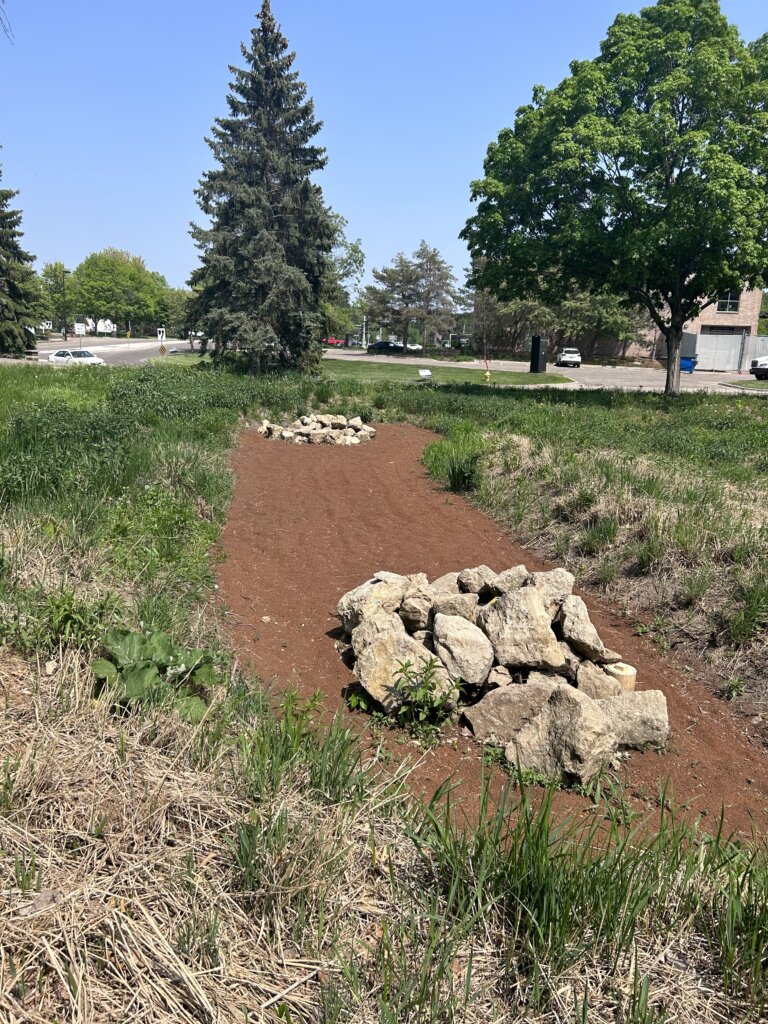
Iron-Enhanced Sand Filters (IESF) Maintenance Challenges
To address maintenance issues, RCWD aimed to develop an improved concept for IESF. They introduced a pump-operated system that allows for better control of inflow rates and treatment volumes, even during baseflow conditions. This approach significantly increases the potential treatment volumes. However, human operation is required, so automation and remote monitoring are essential. HEI & EPG, utilizing technology from the solid waste and irrigation industries, collaborated with RCWD to develop a novel design for the IESF system.
RCWD has many examples of IESF’s including successful installations at Hansen Park and Oasis Pond. These projects have demonstrated significant reductions in phosphorus (ranging from 50-90%) and total suspended solids (80-95% reduction). Maintenance is crucial and involves regular tilling of sand filter beds, removal of algae scum, and weeding to control plant growth.
Want More Best Management Practice (BMP) Information?
Information from the Minnesota Pollution Control Agency: Minnesota Stormwater Manual
Want More Urban Stormwater Management Information?
Information from the University of Minnesota: Urban Stormwater
Want More Construction Stormwater Guidance?
Information from the Minnesota Pollution Control Agency: Guidance for Construction Stormwater
Contact
If you have questions about Permitting or Permit Application, please contact:

